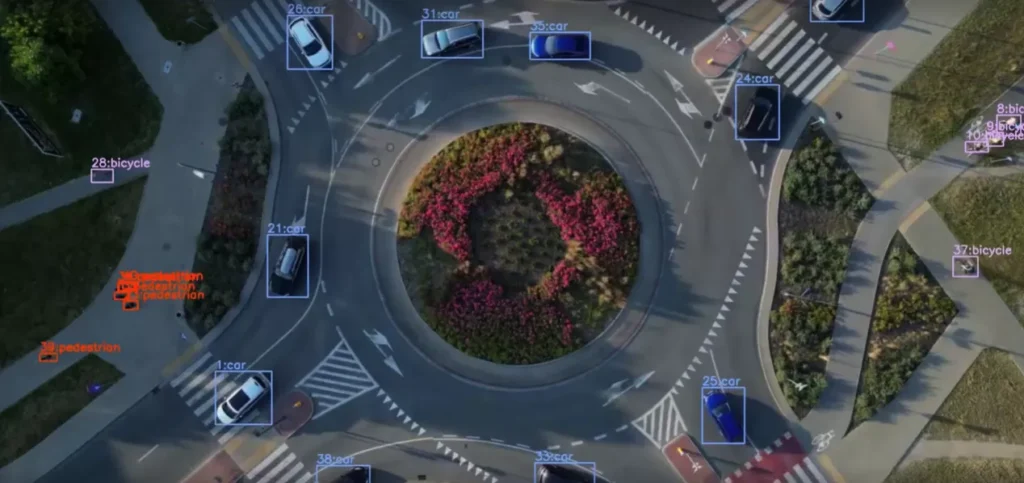
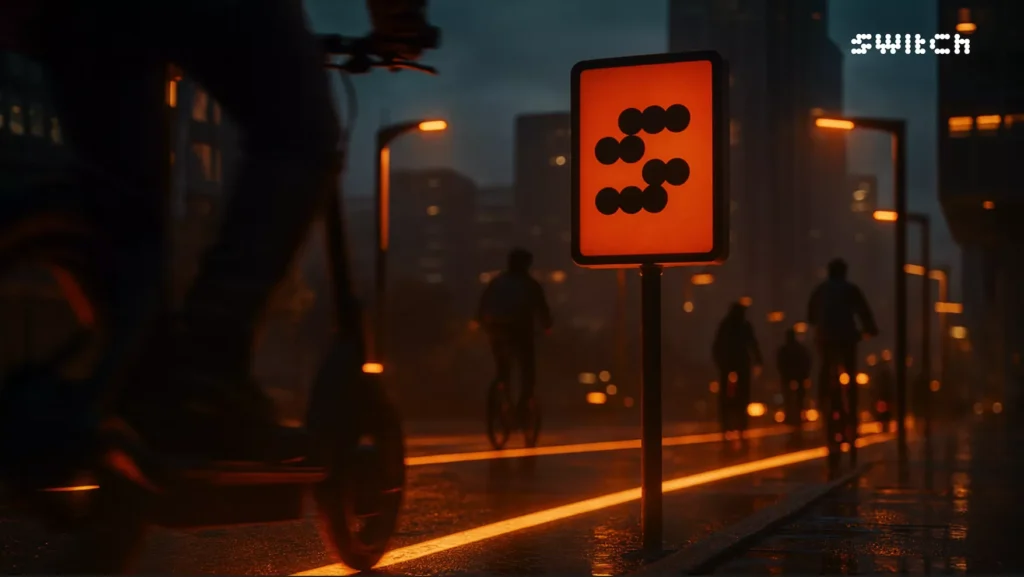
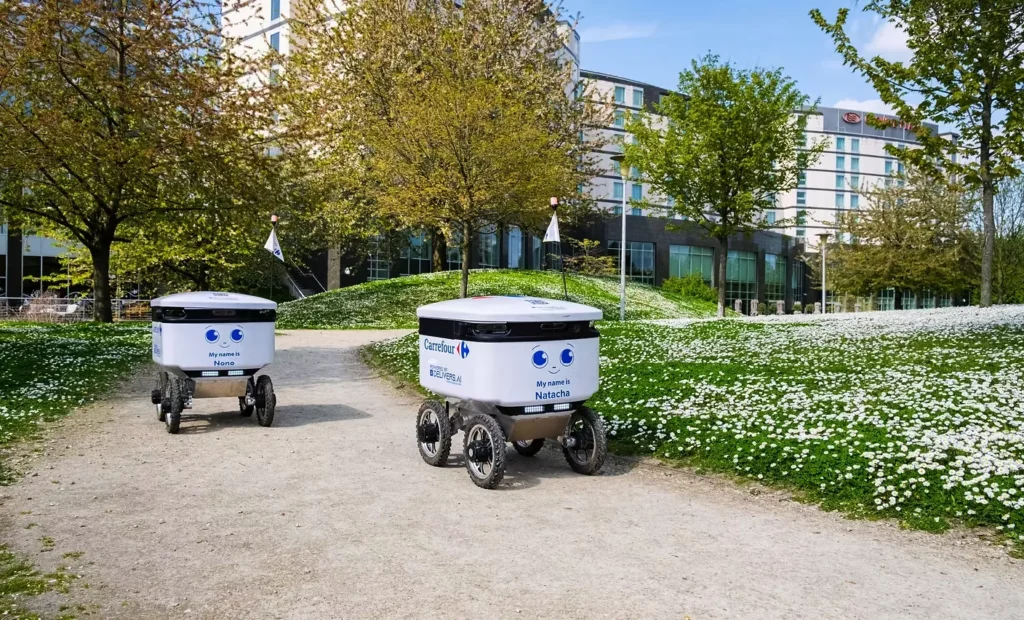
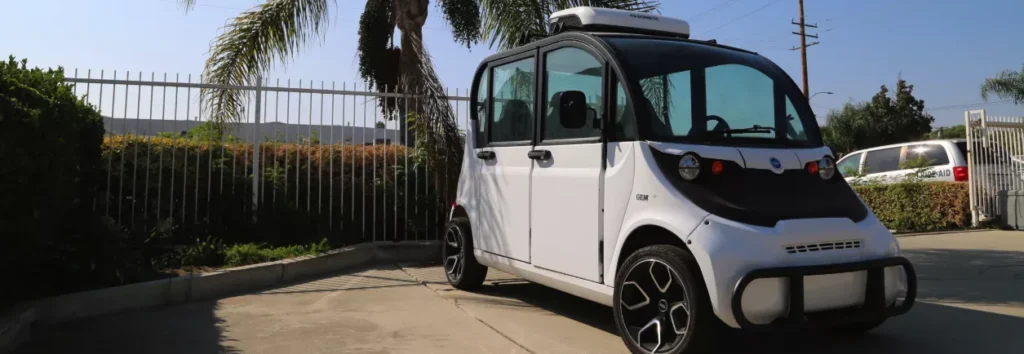
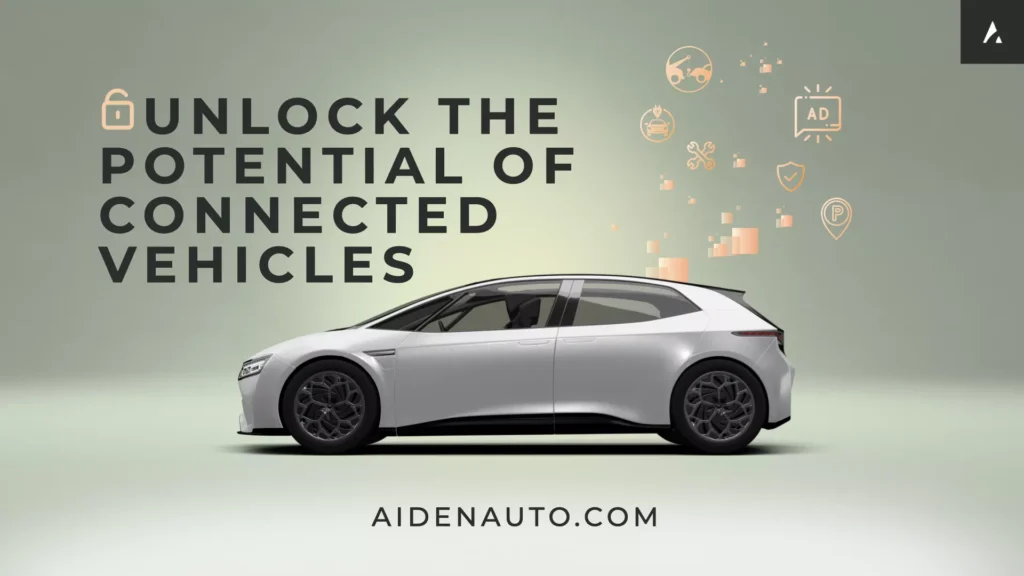





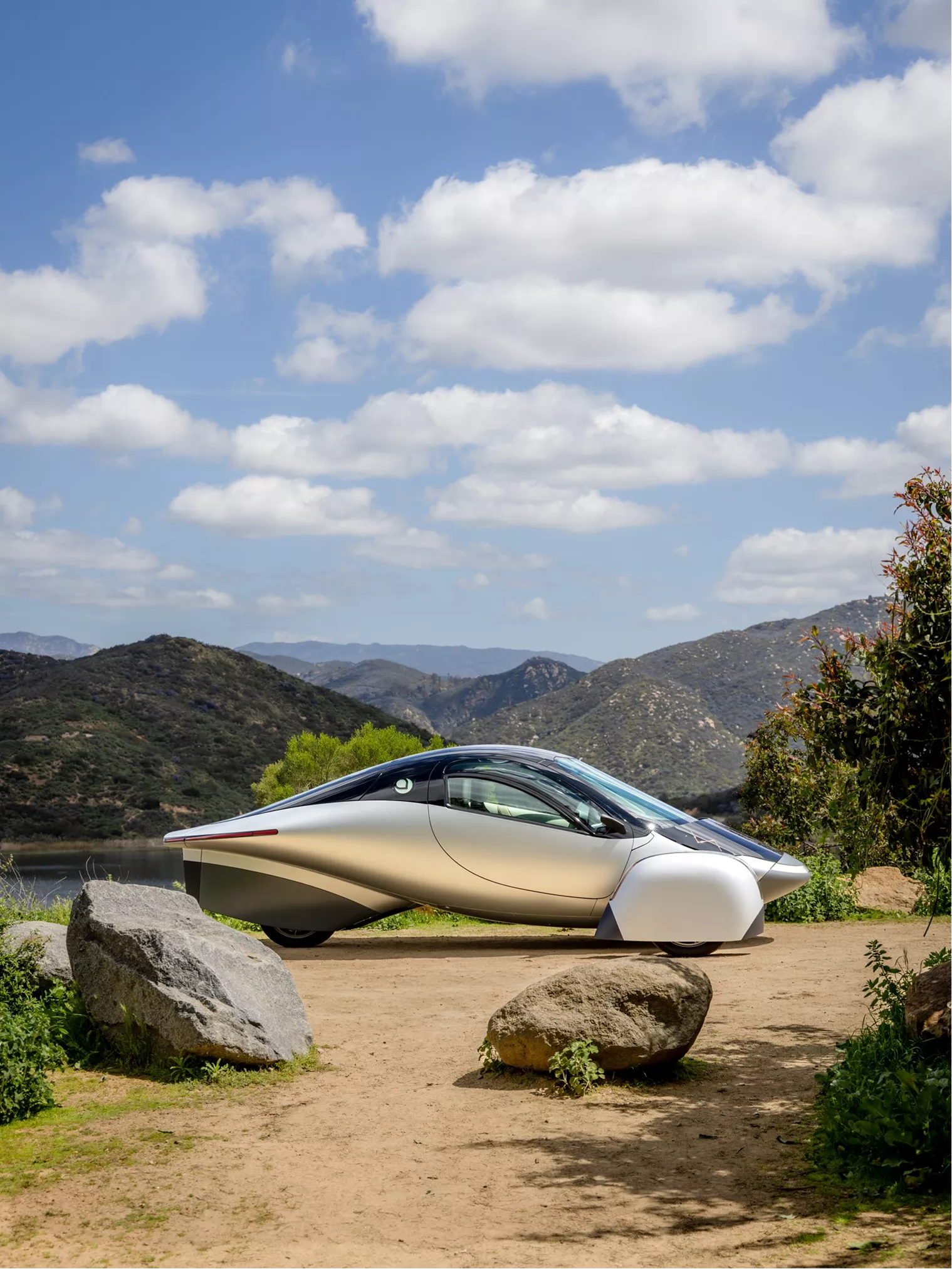
From EVs and batteries to autonomous vehicles and urban transport, we cover what actually matters. Delivered to your inbox weekly.
As India’s cities overflow and last-mile delivery demand explodes, electric tuk-tuks and scooters are becoming the next big export story.
In June 2025, two major moves accelerated this shift. Remsons Industries acquired e-three-wheeler startup Astro Motors, and Stellantis began exploring Indian micromobility partnerships.
Together, they mark India’s transition from a chaotic EV playground to a strategic production hub.
Let’s unpack what’s happening and why the world should pay attention. ⚡️
EV disruption is about rethinking what a two-wheeler can be. That’s where Ola Electric enters the picture.
Their newest release, the Roadster X, is a bold leap beyond the scooter segment. Built for high performance and daily practicality, it features up to 501 km range, 105 km/h top speed, and multiple battery configurations — all in a sleek, aggressively priced package starting under ₹1 lakh.
Ola’s rapid move into electric motorcycles shows that India is building products with global relevance. Affordable. Capable. Scalable.
Could models like the Roadster X define the next phase of electric urban mobility? Take a closer look here.
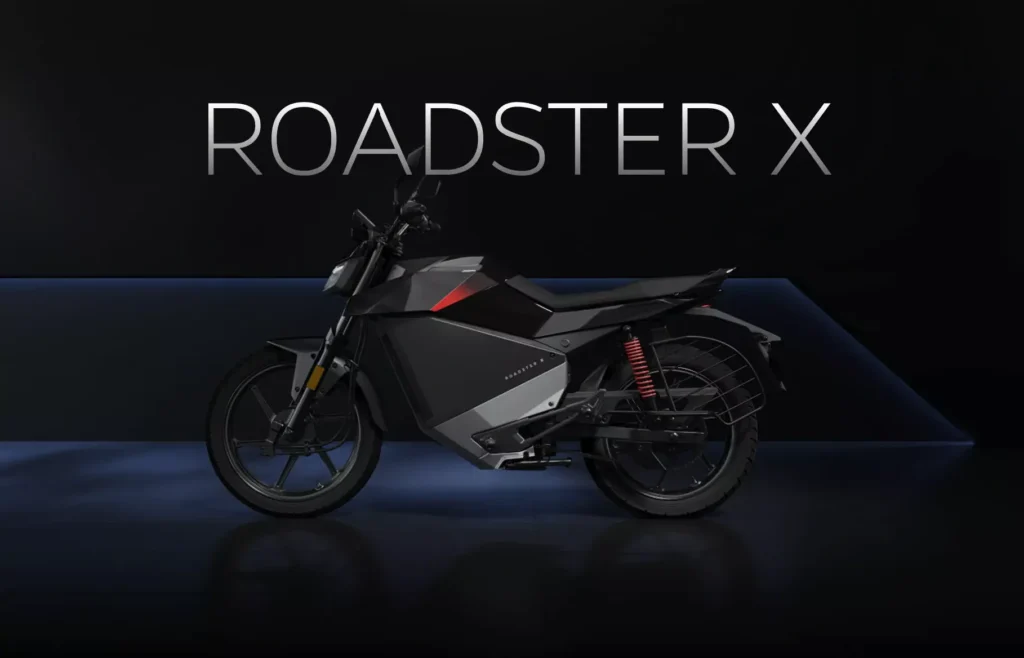
We have some catching up to do.
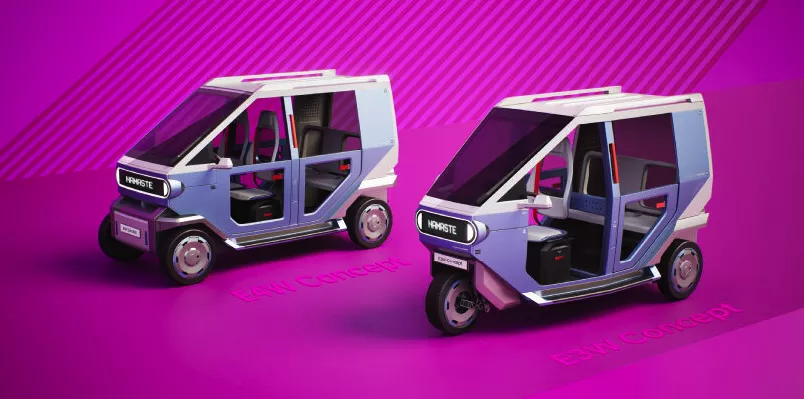
🇮🇳 Remsons Buys Into Astro Motors
Remsons Industries acquired a 51% stake in Astro Motors for ₹14.22 crore — a play to scale electric three-wheeler production for cargo, loaders, and passenger use in India’s booming last-mile delivery market. (Business Standard)
🚙 Stellantis Eyes Micro-EVs from India
The automaker is in talks with Bajaj Auto and Kinetic Green to source compact electric vehicles from India for global export, betting on low-cost innovation to meet global urban transport needs. (The Economic Times)
🔋 Leapmotor Plots Indian Entry
Through its JV with Stellantis, Leapmotor plans to launch EVs in India by the end of 2025. But executives say turning a profit in India’s price-sensitive market will be “extremely challenging.” (Reuters)
⚡ Yulu Scales Up Battery Swapping
Indian micromobility startup Yulu has expanded its battery-swapping network across Bengaluru and Delhi, aiming to reduce vehicle downtime and grow its urban fleet services. (AutoCarPro)
🛵 Kinetic Launches New E-Three-Wheeler
Kinetic Green unveiled a new cargo e-three-wheeler model with extended range and higher payload capacity, targeting logistics providers and kirana store deliveries in Tier 2 and 3 cities. (Motoring Trends)
Let’s bust some myths.
🚫 Reality: India is already the largest three-wheeler EV market in the world.
Over 50% of new three-wheelers sold in India are electric. The country leads global volumes in low-cost electric cargo and passenger vehicles — and that’s just the beginning.
With growing e-commerce, gig work, and urban congestion, small-format EVs are becoming the backbone of Indian mobility.
Foreign OEMs looking for scale, cost-efficiency, and export leverage can’t afford to ignore this segment.
🚫 Reality: It’s hard, but not impossible.
Stellantis is exploring partnerships with Bajaj and Kinetic Green to tap into India’s R&D and cost base. Leapmotor is launching EVs via JV by late 2025.
Challenges remain: razor-thin margins, fragmented demand, and volatile regulations. But those who crack the code will gain a launchpad for global micromobility exports.
🚫 Reality: They’re a modular logistics solution.
Astro Motors, recently acquired by Remsons, builds e-3Ws not just for passengers — but also for delivery, small cargo, and even vending. These vehicles are increasingly integrated into e-commerce supply chains and urban logistics.
What used to be a niche vehicle is now a strategic asset in last-mile delivery and fleet decarbonization.
🚫 Reality: It’s a full ecosystem with swappable batteries, smart chargers, fleet platforms, and hardware-software stacks.
Startups like Yulu and Bounce are scaling battery swapping infrastructure. Others like Kinetic Green are building vertically integrated offerings — vehicles, batteries, and platforms.
The segment is evolving beyond just hardware. Data, uptime, and cost-per-kilometer now drive success.
Micromobility players who scale in India, and survive its intensity, will be ready to export to Europe, Southeast Asia, and Africa.
As the world urbanizes and electrifies, small-format EVs will play an outsized role. And India might just build them all.
🌏 “India leads electric three-wheeler market with 20% rise in sales: IEA”
A Business Standard report on May 17, 2025, highlights that India sold nearly 700,000 electric three-wheelers in 2024 — surpassing China and accounting for over 57% of India’s entire three-wheeler market. Essential reading to understand why India is no longer just a domestic player, but the global leader in scaled EV fleets.
Western automakers have treated India as an afterthought. Tough margins. Fierce local competition. Infrastructure gaps.
But the numbers don’t lie:
🛺 Over half of India’s three-wheeler sales are already electric.
🌆 Cities like Bengaluru and Delhi are scaling battery swapping faster than Berlin or Boston.
🌍 Global brands are suddenly racing to partner with Indian OEMs out of necessity
The question isn’t if India will lead in affordable EVs. It’s whether legacy giants can keep up or get left sourcing tech from startups they once overlooked.
📬 Comment below and tell us: Who’s really building the future of urban mobility?